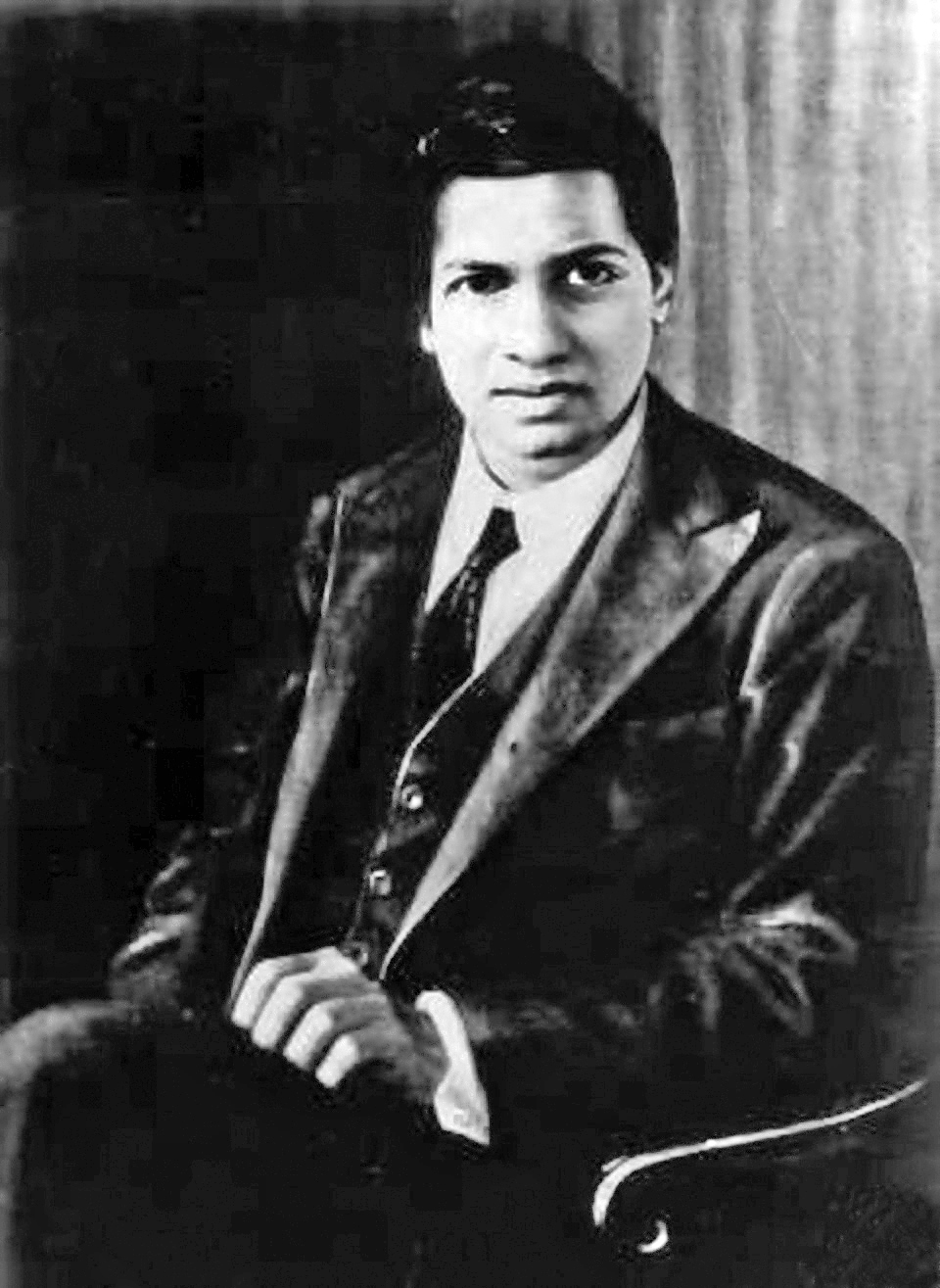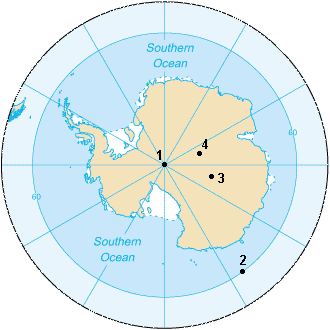|
Mahendra Sūri
Mahendra Sūri (c. 1340 – 1400) is the 14th century Jain astronomer who wrote the ''Yantraraja'', the first Indian treatise on the astrolabe. He was trained by Madana Sūri, and was teacher to Malayendu Sūri. Jainism had a strong influence on mathematics particularly in the last couple of centuries BC. By the time of Mahendra Suri, however, Jainism had lost support as a national religion and was much less vigorous. Works Mahendra Suri's fame rests on the work ''Yantrarāja'', which introduced the astrolabe to the Indian astronomer. Mahendra Sūri was patronized by the Tughluq ruler of Delhi, Firūz Shāh (r. 1351–1388), who evinced keen interest in astronomy. Firūz Shāh had earlier caused the ''Bṛhatsaṃhitā'' of Varāhamihira to be translated into Persian. At the sultan's instance, Mahendra Sūri studied the astrolabe and introduced it to the Sanskrit audience in 1370 in his ''Yantrarāja''. Its circulation was largely, if not wholly, confined to astronomers who wo ... [...More Info...] [...Related Items...] OR: [Wikipedia] [Google] [Baidu] |
Jainism
Jainism ( ), also known as Jain Dharma, is an Indian religions, Indian religion whose three main pillars are nonviolence (), asceticism (), and a rejection of all simplistic and one-sided views of truth and reality (). Jainism traces its spiritual ideas and history through the succession of twenty-four , supreme preachers of ''dharma''. The first in the current time cycle is Rishabhadeva, who tradition holds lived millions of years ago; the 23rd is Parshvanatha, traditionally dated to the 9th century Common Era, BCE; and the 24th is Mahāvīra, Mahavira, who lived . Jainism is considered an eternal ''dharma'' with the guiding every time cycle of the Jain cosmology, cosmology. Central to understanding Jain philosophy is the concept of ''bhedavijñāna'', or the clear distinction in the nature of the soul and non-soul entities. This principle underscores the innate purity and potential for liberation within every Jīva (Jainism), soul, distinct from the physical and menta ... [...More Info...] [...Related Items...] OR: [Wikipedia] [Google] [Baidu] |
Indian Mathematicians
Indian mathematicians have made a number of contributions to mathematics that have significantly influenced scientists and mathematicians in the modern era. One of such works is Hindu numeral system which is predominantly used today and is likely to be used in the future. Ancient (Before 320 CE) *Shulba sutras (around 1st millenium BCE) * Baudhayana sutras (fl. c. 900 BCE) *Yajnavalkya (700 BCE) *Manava (fl. 750–650 BCE) *Apastamba Dharmasutra (c. 600 BCE) *''Pāṇini'' (c. 520–460 BCE) * Kātyāyana (fl. c. 300 BCE) *Nyāya Sūtras, Akṣapada Gautama(c. 600 BCE–200 CE) *Bharata Muni (200 BCE-200 CE) *Pingala (c. 3rd/2nd century BCE) * Bhadrabahu (367 – 298 BCE) * Umasvati (c. 200 CE) * Yavaneśvara, Yavaneśvara (2nd century) * Vasishtha Siddhanta, 4th century CE Classical (320 CE–520 CE) *Vasishtha Siddhanta, 4th century CE * Aryabhata (476–550 CE) * Yativrsabha (500–570) * Varahamihira (505–587 CE) * Yativṛṣabha, (6th-century CE) * Virahanka (6th cent ... [...More Info...] [...Related Items...] OR: [Wikipedia] [Google] [Baidu] |
14th-century Indian Mathematicians
The 14th century lasted from 1 January 1301 (represented by the Roman numerals MCCCI) to 31 December 1400 (MCD). It is estimated that the century witnessed the death of more than 45 million lives from political and natural disasters in both Europe and the Mongol Empire. West Africa experienced economic growth and prosperity. In Europe, the Black Death claimed 25 million lives wiping out one third of the European population while the Kingdom of England and the Kingdom of France fought in the protracted Hundred Years' War after the death of King Charles IV of France led to a claim to the French throne by King Edward III of England. This period is considered the height of chivalry and marks the beginning of strong separate identities for both England and France as well as the foundation of the Italian Renaissance and the Ottoman Empire. In Asia, Tamerlane (Timur), established the Timurid Empire, history's third largest empire to have been ever established by a single conqueror. ... [...More Info...] [...Related Items...] OR: [Wikipedia] [Google] [Baidu] |
Year Of Birth Unknown
A year is a unit of time based on how long it takes the Earth to orbit the Sun. In scientific use, the tropical year (approximately 365 solar days, 5 hours, 48 minutes, 45 seconds) and the sidereal year (about 20 minutes longer) are more exact. The modern calendar year, as reckoned according to the Gregorian calendar, approximates the tropical year by using a system of leap years. The term 'year' is also used to indicate other periods of roughly similar duration, such as the lunar year (a roughly 354-day cycle of twelve of the Moon's phasessee lunar calendar), as well as periods loosely associated with the calendar or astronomical year, such as the seasonal year, the fiscal year, the academic year, etc. Due to the Earth's axial tilt, the course of a year sees the passing of the seasons, marked by changes in weather, the hours of daylight, and, consequently, vegetation and soil fertility. In temperate and subpolar regions around the planet, four seasons ar ... [...More Info...] [...Related Items...] OR: [Wikipedia] [Google] [Baidu] |
Helaine Selin
Helaine Selin (born 1946) is an American librarian, historian of science, author and book editor. Career Selin attended Binghamton University, where she earned her bachelor's degree. She received her MLS from SUNY Albany. She was a Peace Corps volunteer from the fall of 1967 through the summer of 1969 as a teacher of English and African History in Karonga, Malawi. She retired in 2012 from being the science librarian at Hampshire College. Selin is known for being the editor of ''Encyclopaedia of the History of Science, Technology, and Medicine in Non-Western Cultures'' (1997, 2008 and third edition 2016) which is one of the first books which allows readers to "compare a variety of traditional systems of mathematics and cosmologies." ''Mathematics Across Cultures: The History of Non-Western Mathematics'' (2000), is considered by '' Mathematical Intelligencer'' as a companion to the ''Encyclopaedia of the History of Science, Technology, and Medicine in Non-Western Cultures''. The ... [...More Info...] [...Related Items...] OR: [Wikipedia] [Google] [Baidu] |
Encyclopaedia Of The History Of Science, Technology, And Medicine In Non-Western Cultures
''Encyclopaedia of the History of Science, Technology, and Medicine in Non-Western Cultures'' is an encyclopedia edited by Helaine Selin and published by Kluwer Academic Publishers in 1997, with a second edition in 2008, and third edition in 2016. Summary From the Preface: :The purpose of the ''Encyclopaedia'' is to bring together knowledge of many disparate fields in one place to legitimize the study of other cultures' science... The Western academic divisions of science, technology and medicine have been united in the ''Encyclopaedia'' because in ancient cultures these disciplines were connected. The first edition (1997) has 600 articles by a range of experts. The arrangement is alphabetical from "Abacus" to "Zu Chongzi". It includes an index from page 1079 to page 1117. K. V. Sarma contributed 35 articles, Greg De Young 13, Boris A. Rosenfeld 12, and Emilia Calvo and Ho Peng Yoke 11 each. Fabrizio Pregadio contributed 10 articles, Julio Samo wrote 9, and Richard Bertschinger, ... [...More Info...] [...Related Items...] OR: [Wikipedia] [Google] [Baidu] |
Yantraraja
Yantrarāja is the Sanskrit name for the ancient astronomical instrument called astrolabe. It is also the title of a Sanskrit treatise on the construction and working of the astrolabe composed by a Jain astronomer Mahendra Sūri in around 1370 CE. Yantrarāja: The instrument The ideas leading to the construction of the astrolabe originated in the Hellenistic world. The earliest crude forms of the instrument are believed to have been constructed during second century BCE in Greece. The first person to give a description of the astrolabe was Theon of Alexandria (c.335 - 405 CE). Astrolabes were further developed in the medieval Islamic world where it was widely used as an aid for navigation and as an aid for finding the direction of Mecca. The earliest Arabic treatise on astrolabes was composed sometime around 815 CE. It is not known when exactly the astrolabe reached India. al-Biruni (973 – after 1050) has claimed in his ''Indica'' that he has composed a manual on astrolabes in ... [...More Info...] [...Related Items...] OR: [Wikipedia] [Google] [Baidu] |
South Pole
The South Pole, also known as the Geographic South Pole or Terrestrial South Pole, is the point in the Southern Hemisphere where the Earth's rotation, Earth's axis of rotation meets its surface. It is called the True South Pole to distinguish from the south magnetic pole. The South Pole is by definition the southernmost point on the Earth, lying antipode (geography), antipodally to the North Pole. It defines geodetic latitude 90° South, as well as the direction of true south. At the South Pole all directions point North; all lines of longitude converge there, so its longitude can be defined as any degree value. No time zone has been assigned to the South Pole, so any time can be used as the local time. Along tight latitude circles, clockwise is east and counterclockwise is west. The South Pole is at the center of the Southern Hemisphere. Situated on the continent of Antarctica, it is the site of the United States Amundsen–Scott South Pole Station, which was established in 19 ... [...More Info...] [...Related Items...] OR: [Wikipedia] [Google] [Baidu] |
Astronomer
An astronomer is a scientist in the field of astronomy who focuses on a specific question or field outside the scope of Earth. Astronomers observe astronomical objects, such as stars, planets, natural satellite, moons, comets and galaxy, galaxies – in either observational astronomy, observational (by analyzing the data) or theoretical astronomy. Examples of topics or fields astronomers study include planetary science, Sun, solar astronomy, the Star formation, origin or stellar evolution, evolution of stars, or the galaxy formation and evolution, formation of galaxies. A related but distinct subject is physical cosmology, which studies the Universe as a whole. Types Astronomers typically fall under either of two main types: observational astronomy, observational and theoretical astronomy, theoretical. Observational astronomers make direct observations of Astronomical object, celestial objects and analyze the data. In contrast, theoretical astronomers create and investigate Con ... [...More Info...] [...Related Items...] OR: [Wikipedia] [Google] [Baidu] |
Persian Language
Persian ( ), also known by its endonym and exonym, endonym Farsi (, Fārsī ), is a Western Iranian languages, Western Iranian language belonging to the Iranian languages, Iranian branch of the Indo-Iranian languages, Indo-Iranian subdivision of the Indo-European languages. Persian is a pluricentric language predominantly spoken and used officially within Iran, Afghanistan, and Tajikistan in three mutual intelligibility, mutually intelligible standard language, standard varieties, respectively Iranian Persian (officially known as ''Persian''), Dari, Dari Persian (officially known as ''Dari'' since 1964), and Tajik language, Tajiki Persian (officially known as ''Tajik'' since 1999).Siddikzoda, S. "Tajik Language: Farsi or not Farsi?" in ''Media Insight Central Asia #27'', August 2002. It is also spoken natively in the Tajik variety by a significant population within Uzbekistan, as well as within other regions with a Persianate society, Persianate history in the cultural sphere o ... [...More Info...] [...Related Items...] OR: [Wikipedia] [Google] [Baidu] |




